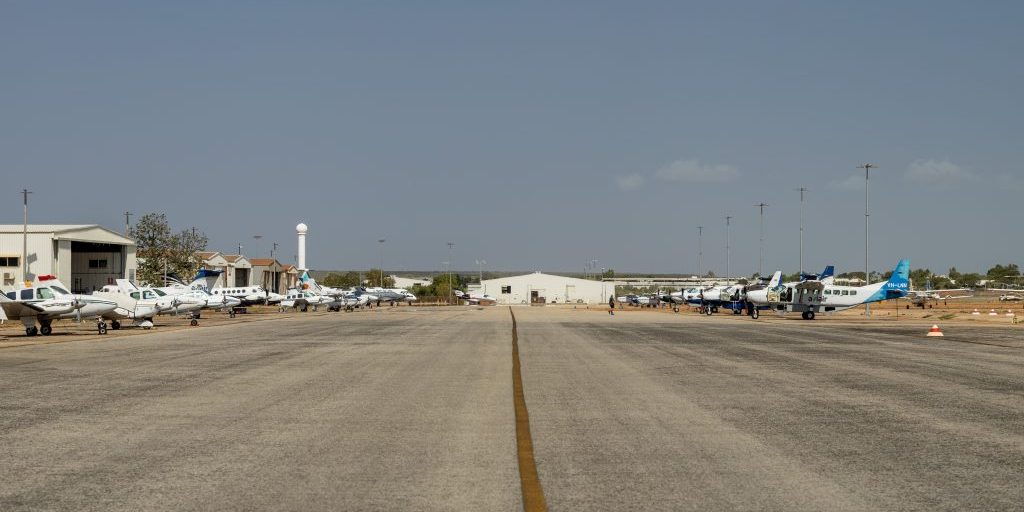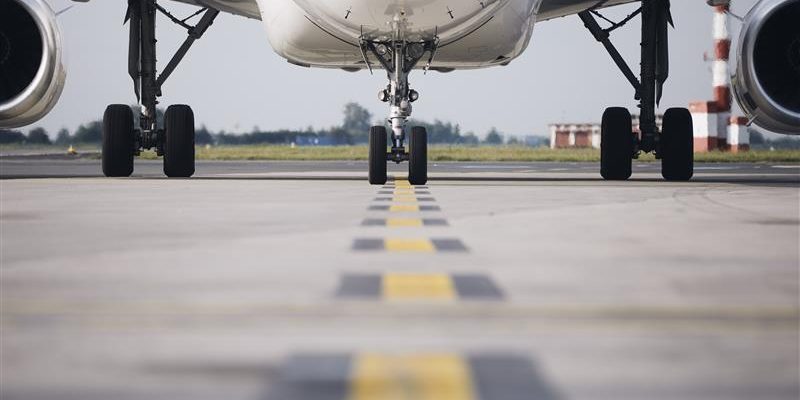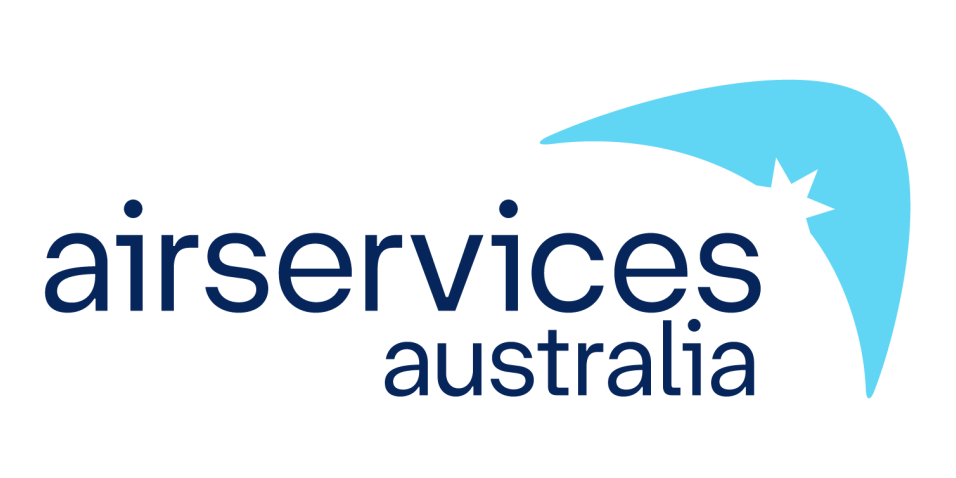A new state-of-the-art information sharing platform that will instantly synchronise data for air traffic controllers and operations staff at airports, is set to save the aviation industry an estimated $52 million over the next decade.
Airport Collaborative Decision Making, also known as A-CDM, has already been introduced in other countries including the U.S. and throughout Europe helping to make airports much more efficient and more environmentally friendly.
Airservices Chief Executive Officer Jason Harfield said having a coordinated overview of the same information will mean major savings in time and fuel, and improved airport operations. New pre-departure sequencing capabilities will also help improve efficiency.
“A-CDM allows our systems to share information in real time – we’re all speaking in the same language if you like, and for the first time we will all have a common picture of aircraft movements through the arrival, turnaround and departure phases of a flight,” Mr Harfield said.
“This new system allows us to work more collaboratively. An air traffic controller can view the same real-time data that an airport or airlines operations manager can see. Ultimately this gives us greater predictability and working together we can plan the most efficient operations, which are more predictable and burn less fuel.
”It means taxiing aircraft, and arrival and departure gates can be better managed, reducing delays, in fact preliminary modelling using A-CDM indicates taxi-times can be reduced by around 7 per cent, or one minute per aircraft in peak busy periods which adds up to big savings very quickly,” Mr Harfield added.
Airlines and airports across Australia have welcomed the move to A-CDM which will harmonise operations across all major airports.
Saab Sensis Corporation, a US based defence and security company, will work with Airservices, airlines and operations teams to deliver the new platform at Brisbane, Sydney, Melbourne and Perth airports.
A-CDM will be gradually rolled out from September 2019 beginning with Brisbane Airport. Work will then progress from Sydney, to Melbourne and Perth airports, with the program due to finish in 2020.



